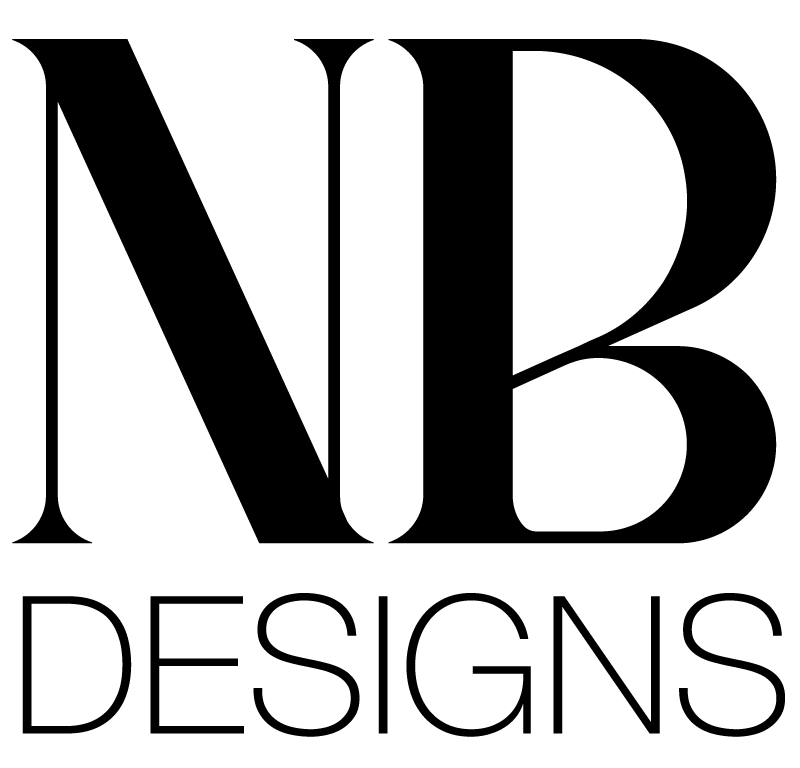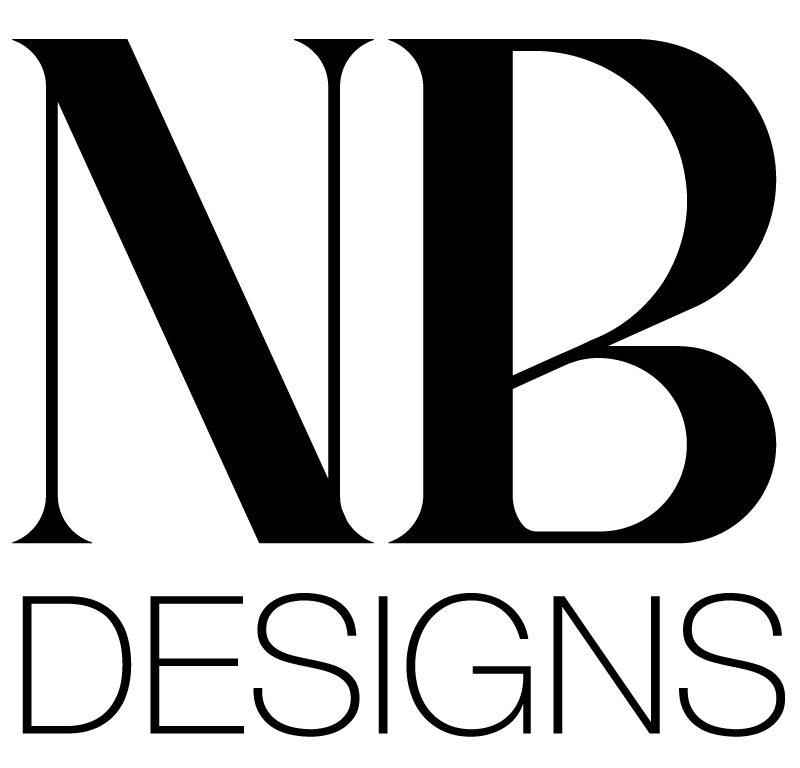In this lesson we were tasked with researching ideation methods and were asked to chose three that we have either used before or would like to use in the future.
Brainwriting
Brainwriting is an idea generation technique similar to the method of brainstorming except the ideas are generated in writing. Once the objective is set, people write down their ideas within a set number of minutes (usually 3-5 mins) and then swap their piece of paper with another person who then builds upon on those ideas, adds to them, or uses them to refine their own ideas. There are several rounds (usually 5-6) of this exercise in one session. At the end, all the papers are collected, the ideas are discussed, and decisions are made about the next steps. This method can be especially useful with introverts or shy people in the group. It removes the unnecessary pressure for speaking up and evens the field with more dominant personalities in the room. Writing in silence also avoids interruptions and promotes clear thinking. Overall, this technique creates a good environment for contribution.
Although this is best practiced in a group, I can use this idea by setting a timer and telling myself to generate a number of ideas in a set number of minutes. Let’s say 6 ideas in 3 minutes. This would push me to think fast and generate some ideas that are a bit more “out there”. Then, I could give myself additional minutes to build on those ideas, reel them back, or add and eliminate as needed. Also, finding just one partner for this could be fairly easy but very helpful.
Wishful Thinking
This sounds like something that comes natural to all of us, but may not always be applied when generating ideas. The first step is to identify the need and then encourage imaginations to run wild and reach for the impossible. The second step is to take some of the impossible wishes, look at them from other perspectives, and make them more realistic while trying to keep them interesting and innovative.
This method reminded me of Stefan Mumaw’s “Creativity and problem-solving” video lessons. Applying wishful thinking could help us see beyond the “low-hanging fruit” and create an opportunity to reach for the ones on top of the tree. In other words, it would help us push beyond “relevance” and promote the generation of novel ideas.
This method also creates a relaxed, playful, and judgement-free environment which is essential for creativity. We are free to think about what we wish a product could be or do, even if it is silly and impossible. Once those crazy ideas are generated, they can be scaled back by adding more relevance to them. What I understood from the lessons this week was that it’s better to start with crazy ideas that need to be scaled back than to start with relevant solutions that need to be pushed further in order to make them interesting. Finding that sweet spot where ideas can become reality is difficult, but starting with the crazy ones usually results in better realistic ideas.
I believe wishful thinking will be most helpful for me when I feel the pressure of generating useful ideas. I find that it is not just the expectations of others that we can worry about, but often the expectation of ourselves and the fear of not having ideas. This state of mind stifles creativity. By allowing ourselves to dream and be silly, we are removing the pressure to prove ourselves useful. This freedom can open the door to another realm/state of mind where great ideas are born.
SCAMPER
For the third ideation technique I chose SCAMPER because this is the method I will use in my next project. Each letter stands for an action which are explained below.
This method helps us look at a product from many different angles by challenging our perspectives via questions. It promotes diverse thinking, helps recycle old ideas by applying them in new areas, and prefers quantity over quality in the initial stages of the process. The ideas may be silly, impractical, and unrealistic at first, but that is usually where brilliant ideas begin.
Substitute something – What can be replaced/changed to make it better?
Combine it with something else – What two ideas or products could be combined in one product?
Adapt something to it – What new elements or functions could be added to make it better than the original in some way? How to improve the product by adding/adapting something?
Modify or Magnify/Minify – What can be changed (size, shape, color, attribute, etc.)?
Put to other uses/another use – How could you use the product differently or use it in another industry? Find an unintended purpose in order to use the product or a part of the product in a way that was not originally intended. (Fold it out and it becomes something else, flip it over and it can be used for x, etc.)
Eliminate something – What can be removed or simplified? Find something unnecessary or something that is replaceable with a more minimal element.
Reverse or Rearrange it – What can be swapped or flipped? What could you rearrange regarding the processing of the product or how could you re-imagine/reengineer the product?
I’ve found some good examples of what different companies have done, here: https://www.consuunt.com/scamper-model/
I will try my best to apply each of these as I work on my next project, which will be designing packaging for a light bulb (coming up next). Wish me luck. 🙂


No responses yet